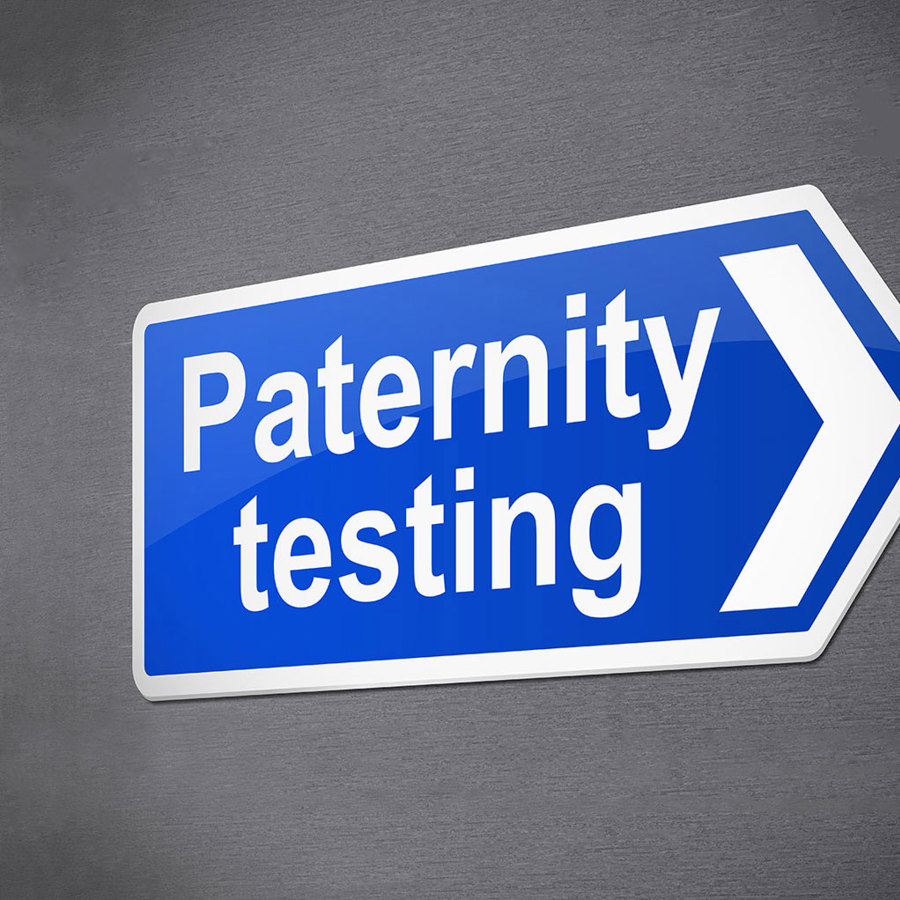
Can you determine paternity from a person other than the father?
May 25, 2004

- Related Topics:
- Paternity tests,
- Relatedness,
- Genetic testing
A curious adult from British Columbia, Canada asks:
“Besides the father, is there anyone who could take a paternity test? Maybe his brother or sister?”
The short answer is yes, it is possible to determine paternity without the father. You are right – the way it is done without the father is to use other relatives. Aunts, uncles, cousins, siblings, and grandparents can all be used.
Everyone, except identical twins, has a unique set of DNA. DNA is made up of 4 bases or letters, A, C, G, and T. These 4 letters form the written code that makes up the DNA sequence.
Now when someone says that everyone’s DNA is unique, what they mean is that occasionally one of these letters is different for different people. On average, two people at random have a different base every thousand bases or so. This is where the statistic that says that everyone’s DNA is 99.9% the same comes from.
Since you get half your DNA from your father and half from your mother, your DNA is more than 99.9% the same as your parents. Your DNA is also more similar to that of your grandparents or cousins than to that of a random stranger.
Paternity tests use this greater similarity to figure out who the parents are. For a standard paternity test, certain parts of the DNA of the mother, father, and child are compared. At its simplest level, if the child’s DNA looks like a combination of the two parents’ DNA, then the child is theirs. If it only matches the mother, then someone else must be the father.
A lot more testing is needed if the father isn’t available. This is because there are fewer similarities between someone and their aunt or grandfather than with their father. To establish paternity, more DNA needs to be looked at.
Paternity tests that do not use a sample from the father can be effective. These tests can be admissible in court and lots of DNA testing companies sell grandparent, aunt or uncle, and sibling DNA relationship kits.

Author: Dr. Barry Star
Barry served as The Tech Geneticist from 2002-2018. He founded Ask-a-Geneticist, answered thousands of questions submitted by people from all around the world, and oversaw and edited all articles published during his tenure. AAG is part of the Stanford at The Tech program, which brings Stanford scientists to The Tech to answer questions for this site, as well as to run science activities with visitors at The Tech Interactive in downtown San Jose.
 Skip Navigation
Skip Navigation
